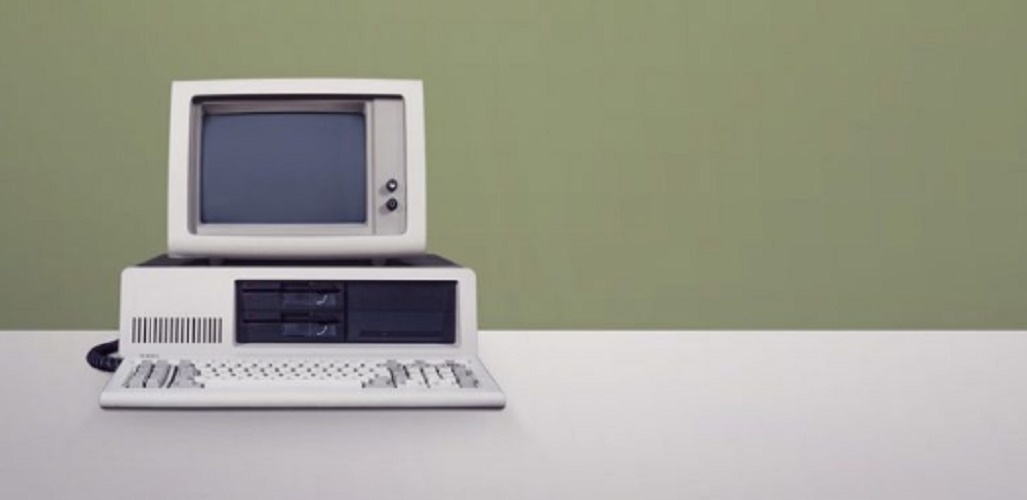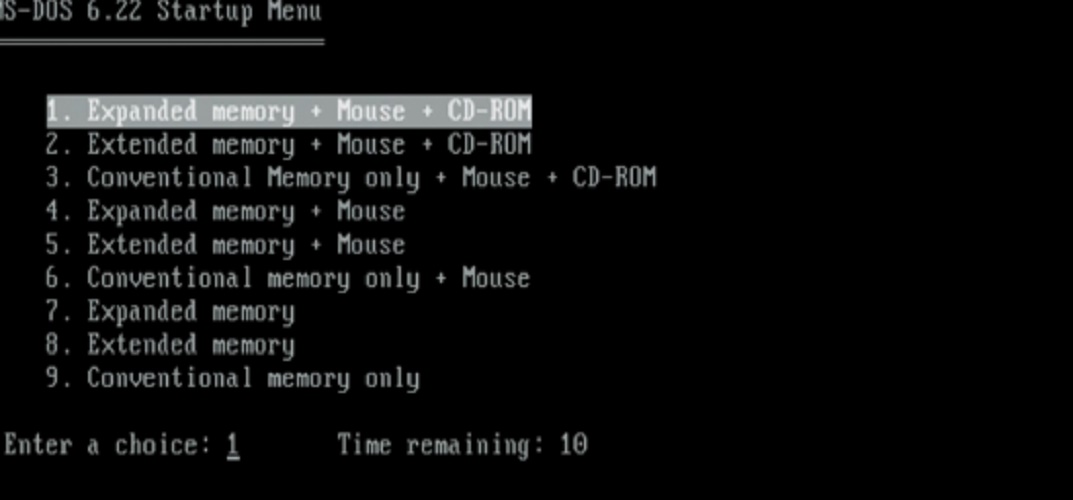What is the MS-DOS?
We explain what is the MS-DOS and what was the history of this famous operating system. In addition, a list of basic MS-DOS commands.
-
What is the MS-DOS?
MS-DOS stands for MicroSoft Disk Operating System ( MicroSoft Disk Operating System ) and is the name of one of the operating systems for computer systems based on an x86 architecture and designed by the US software company Microsoft . It was popularly known as DOS.
This operating system was preinstalled on most computers of the 1990s , and was the basic software for human interaction with the computer. To do this, it required the user to enter some commands manually, using the keyboard, choosing them from a possible list of instructions called commands that he should know.
There were two series of MS-DOS commands: internal and external . The first, also called residents , were automatically loaded at the beginning of the computer’s operating system , from a stored file named command.com; that is why it was possible to activate them without having the entire DOS in the unit from which they are executed.
The external commands, on the other hand, were stored in specific files of a transitory type, but they had to be at hand to be able to invoke the specific commands desired.
-
MS-DOS History

The MS-DOS was born in 1981, created as a basic interface for IBM PC personal computers , from a much more primitive previous version known as 86-DOS or QDOS, belonging to Seattle Computer Products. Version 1.0 of the MS-DOS appeared in 1982, along with its version preinstalled on PC products: PC-DOS.
It was used massively until the mid-1990s , when it was replaced by Windows systems ; Despite being based on DOS, these last ones offered the user a much nicer graphical interface than the arid DOS commands. Today much of its structure is preserved in basic and essential processes of some Microsoft Windows systems.
-
List of basic MS-DOS commands

CD .. – Go down a step in the hierarchy of inspected directories or folders.
CD or CHDIR – Allows changing the present directory to any other specific one.
CLS – Deletes the complete information displayed on the screen, returning to the command prompt .
COPY – Copy a specific file to another specific directory.
DIR – Displays the contents of the current directory on the screen. You can control the way it is displayed by additional parameters: / w, / p, etc.
DEL – Deletes a specific file.
FOR – Re – enter a command already used.
MD or MKDIR – Creates a directory specified within the current one.
MEM – Displays the amount of available and used RAM in the system on the screen.
REN or RENAME – Change the name of one file to another that is indicated to the system.
APPEND – Specify the path of a data file or file.
BACKUP – Backup the specified files from the hard drive to a removable memory (floppy disk, CD, etc.).
CHKDSK – Performs a hard disk check and corrects the errors found.
DELTREE – Deletes an entire directory with the subdirectories and files it contains.
DYSKCOPY – Make an identical copy of a floppy disk, using an empty one.
FORMAT – Erases the entire contents of a physical drive (a floppy disk or a hard disk) and recreates the basic file structure it needs to be used.
PRINT – Send the printer a timely file.
LABEL – Displays on the screen and allows you to modify the label assigned to a specific disk drive.
MOVE – Change the location of a specific file or directory, or rename its subdirectories.
KEYB – Modify the language assigned to the computer keyboard.





